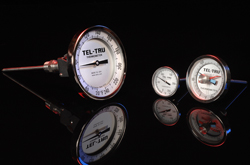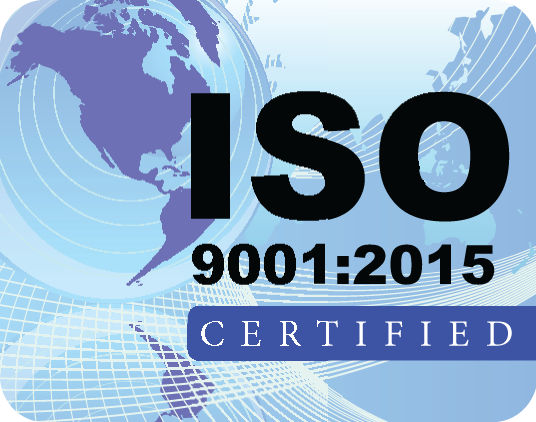You currently have no items in your shopping cart.
Getting Started with Pressure Gauge Selection |
|
|
There are a couple key things to consider when choosing the best pressure gauge for your process. Process connection and mediaHow and where will the device connect to the system? There are several options, and proper selection depends on integration into system components. Consider the connection fitting, location and the media in contact with the wetted parts (surfaces in contact with media being measured) when choosing the best option. For example, fluids that are more corrosive will likely require 316 SS versus 304 SS. |
 |
|
Range and AccuracyWhat is the normal operating minimum and maximum pressure of the system being measured? Normal operating pressures should remain in the middle 50% of the range. The upper and lower 25% are where the accuracy is the lowest. The overall accuracy is typically expressed in a percentage over the whole range.Environmental factorsModern pressure gauges are able to tolerate adverse temperatures, humidity, and vibration conditions, provided that they are within design specification limits. Make sure the environmental conditions in your application fall within the specifications of the instrument under consideration.PulsationWhat level of pulsation is expected? Pulsation can cause damage and inaccuracies to the instrument. A dampener can be installed to minimize pulsation as well as other techniques. Be aware that dampening will affect responsiveness.OverpressureOverpressure protection is commonly expressed as maximum pressure plus 30%, for example. This can be verified by identifying the maximum possible pressure in the system under off-normal conditions, then applying a safety factor. Commonly 30-50% is used, however, this number varies with the application.
To explore your pressure application in more depth, contact our technical and sales support team at 800-232-5335 or send us an email. |
|


